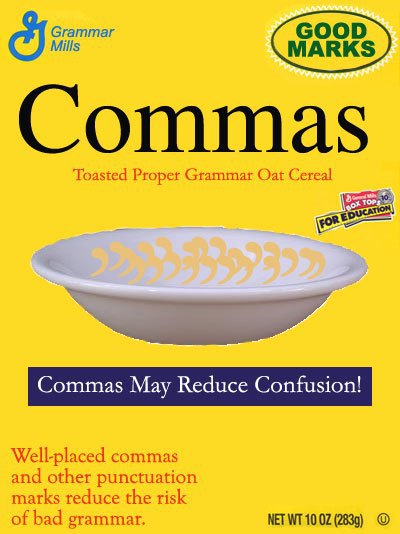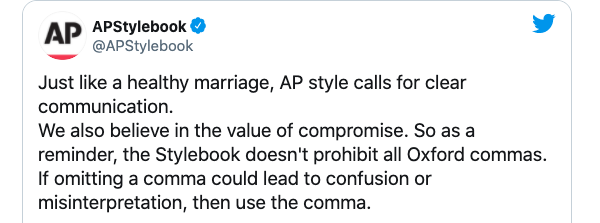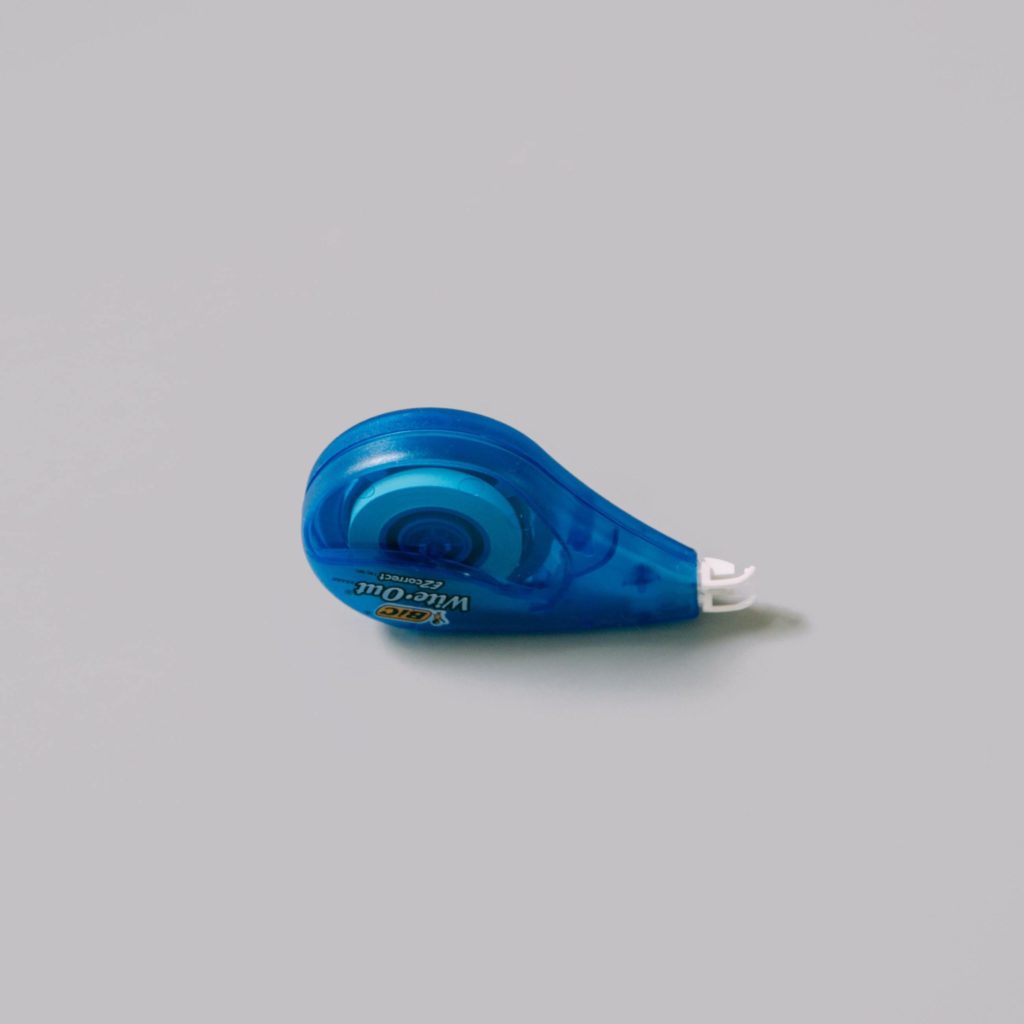
By Wyatt Otto, Content Manager With TikTok growing to become the most popular platform for traditional college students (age 18-22), more colleges are joining the platform to better connect to… Read More – So Your College is on TikTok, Now What?
Blog October 02, 2020

Each day, the average Jo gets 121 emails in their work inbox out of the 8 million emails that are sent every second—or 294 billion emails every day. If that makes you feel like the swirly-eyed emoji, we understand (especially when you realize that 59% of folks check their email on the toilet, but we’re not going to go there). To boost your communication, try some simple email tips.
Though sometimes your inbox might resemble a swamp, a tornado, or a teenager’s bedroom, three-fourths of adults still prefer email for commercial communication. To gain trust and garner a positive response in this oh-so-popular mode of communication, your email needs to clear.
A poorly written email might not only cost professionalism, but it can also land you into deep waters (remember Hilary Clinton? Martha Stewart?). And while I don’t even play a lawyer on TV, as a word nerd, I can share five simple email tips to help you communicate more effectively.

According to Convince & Convert, 35% of recipients open emails based on the subject line alone, while HubSpot maintains that emails that include the recipient’s name in the subject have a higher click-through rate.
It doesn’t matter if your email is urgent, extraordinary, or life-changing: without a solid header, your email is heading to the spam folder.
Super simple subject tips:

A personalized email has a better chance of eliciting a positive response:

We’ve all had the experience of opening a message and receiving the email equivalent of War and Peace. Symptoms include eyes glazing over, indigestion, and the pressing of the delete button.
Keep it short:
Using simple stock phrases can also help you draft to-the-point emails (though try to make them sound heartfelt, not flat).
Here are some of my favorite stock phrases:
Openers
Requests
Closers

Though it takes only a nanosecond to send an email on your phone, pause and make sure your message is error-free. After all, something like a simple comma can be the difference between life and death:

All jokes aside, the lack of a comma has even led to legal trouble, costing one company millions of dollars. Though you may not like the serial comma, consider employing it in your emails.
The serial or Oxford comma is the last in a series (shown here in red: I like bananas, mangos, kiwis, and blueberries).
Even AP Style agrees using that ultimate comma is imperative if it improves clarity:


An email riddled with mistakes can communicate many things, among them not having care or respect for the recipient, a precedent for slipshod work, or a lack of intelligence. (Just imagine the fearful face emoji here.)
Stay professional and take a moment to proofread. There are numerous browser add-ons you can use to eliminate spelling mistakes and grammatical blunders. My personal favorite is the Grammarly Chrome extension, with over 10 million users.
And, beware of your phone’s autocorrect. When emailing from a mobile device, it’s even more critical to proofread:

A good rule of thumb for emails (and texts) is to re-read and edit before you send. While you’re at it, double-check if you’re set to “reply all” and save yourself from the shame of the overshare.
Last but not least, remember to respond to the emails you receive as soon as you can to build good communication and trust.

What’s your favorite email-savvy tip? Let us know on LinkedIn or Facebook!
Do you have a question about avoiding email errors? You can also drop us a line anytime—we’re always happy to help.
Written by “word nerd” and Interact copywriter Rachel Rosen-Carroll. For fun, Rachel reads style guides and the dictionary. (She prefers The American Heritage Dictionary… We wouldn’t make this up.)
When she isn’t writing feature stories about inspiring community college alums, she’s working on her YA novel, short stories, and poetry, and she has been published by various lit journals. Ask her questions or suggest word nerd blog ideas at rachel.rosencarroll@interactcom.com.

By Wyatt Otto, Content Manager With TikTok growing to become the most popular platform for traditional college students (age 18-22), more colleges are joining the platform to better connect to… Read More – So Your College is on TikTok, Now What?

We’re all familiar with she/her and he/him pronouns, but there’s a third set of pronouns that we need to become more familiar with, and that’s singular they/them pronouns.

In an interview with Paula Di Dio, Ph.D. in Latin American literature and cultural studies and senior director of communications & research strategist at Interact, we break down how best to communicate with Latino and Hispanic students.
Read More – Writing and Marketing to Latino and Hispanic Students